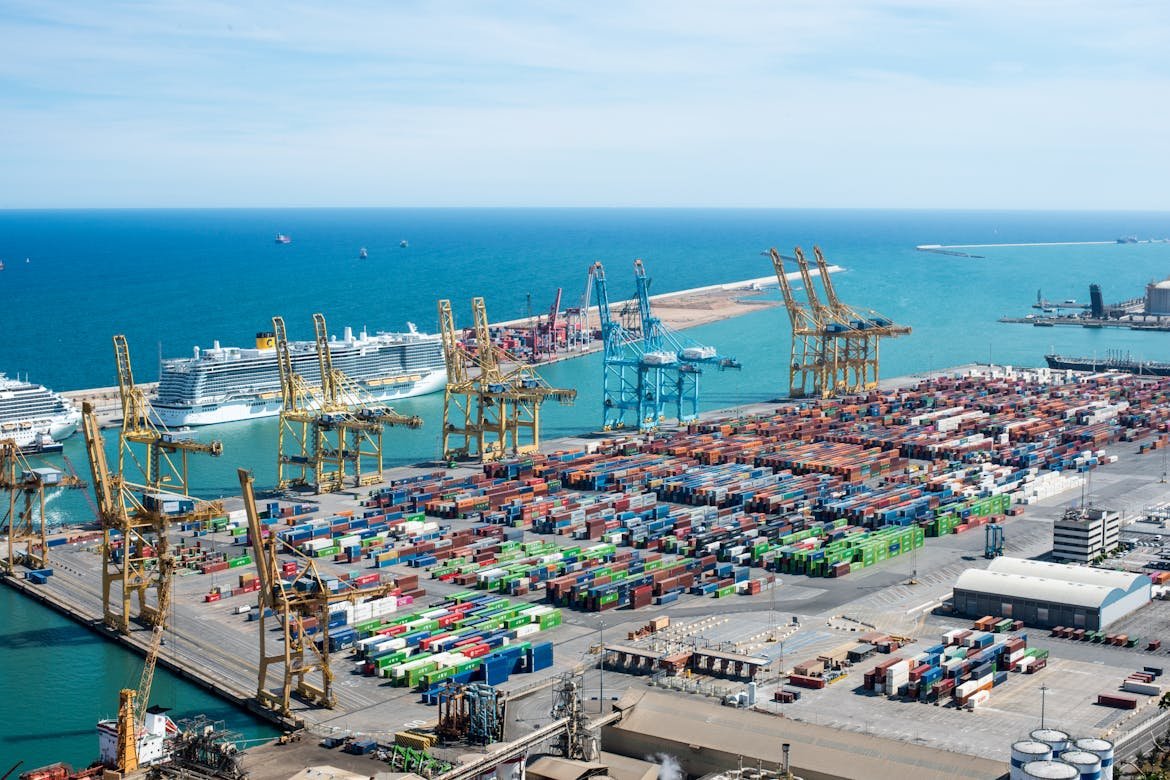
In a decisive move to combat overtourism, Barcelona has announced plans to limit cruise ship calls by reducing the capacity of its port. The city – Europe’s busiest cruise destination – will shut down multiple cruise terminals, including the North, South, and East terminals at the World Trade Center, with only seven terminals remaining operational.
The changes, expected to take effect gradually by the end of 2026, are part of an agreement between the Barcelona Port Authority and the city government. The initiative aims to reduce congestion, cut down on pollution, and improve the day-to-day lives of Barcelona’s residents, many of whom have voiced growing frustration over the surge of cruise tourists.
Balancing Tourism and Urban Livability
Barcelona welcomed over 3 million cruise passengers last year, a number that city officials and locals say is unsustainable. Deputy Mayor Laia Bonet stated that the agreement is designed to “balance the city’s economic interest in tourism with its residents’ right to a livable city.”
Under the new plan, all cruise traffic will be concentrated at the Moll Adossat terminal area, farther from the historic city center. This is expected to reduce air pollution near densely populated areas and improve pedestrian accessibility in key neighborhoods often overwhelmed by tourist crowds.
Port Authority President Lluís Salvadó emphasized that the city is not against tourism but wants to manage it responsibly: “We’re choosing to prioritize quality over quantity.”
Global Trend Toward Cruise Regulation
Barcelona’s measures align with a growing global trend of cities reevaluating the impact of cruise tourism. Similar restrictions have been introduced in Venice, Dubrovnik, and Amsterdam, where local authorities are also seeking to mitigate the negative consequences of mass tourism while still benefiting from its economic contributions.
Cruise lines operating in the Mediterranean are expected to adjust their itineraries, potentially spreading traffic to other ports in Spain and southern France. While some industry stakeholders are concerned about the long-term financial implications, sustainability advocates welcome the decision as a bold step toward preserving the cultural and environmental integrity of one of Europe’s most visited cities.




